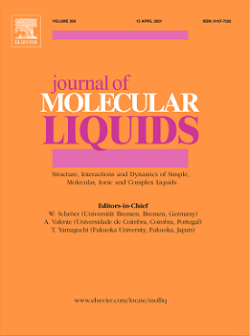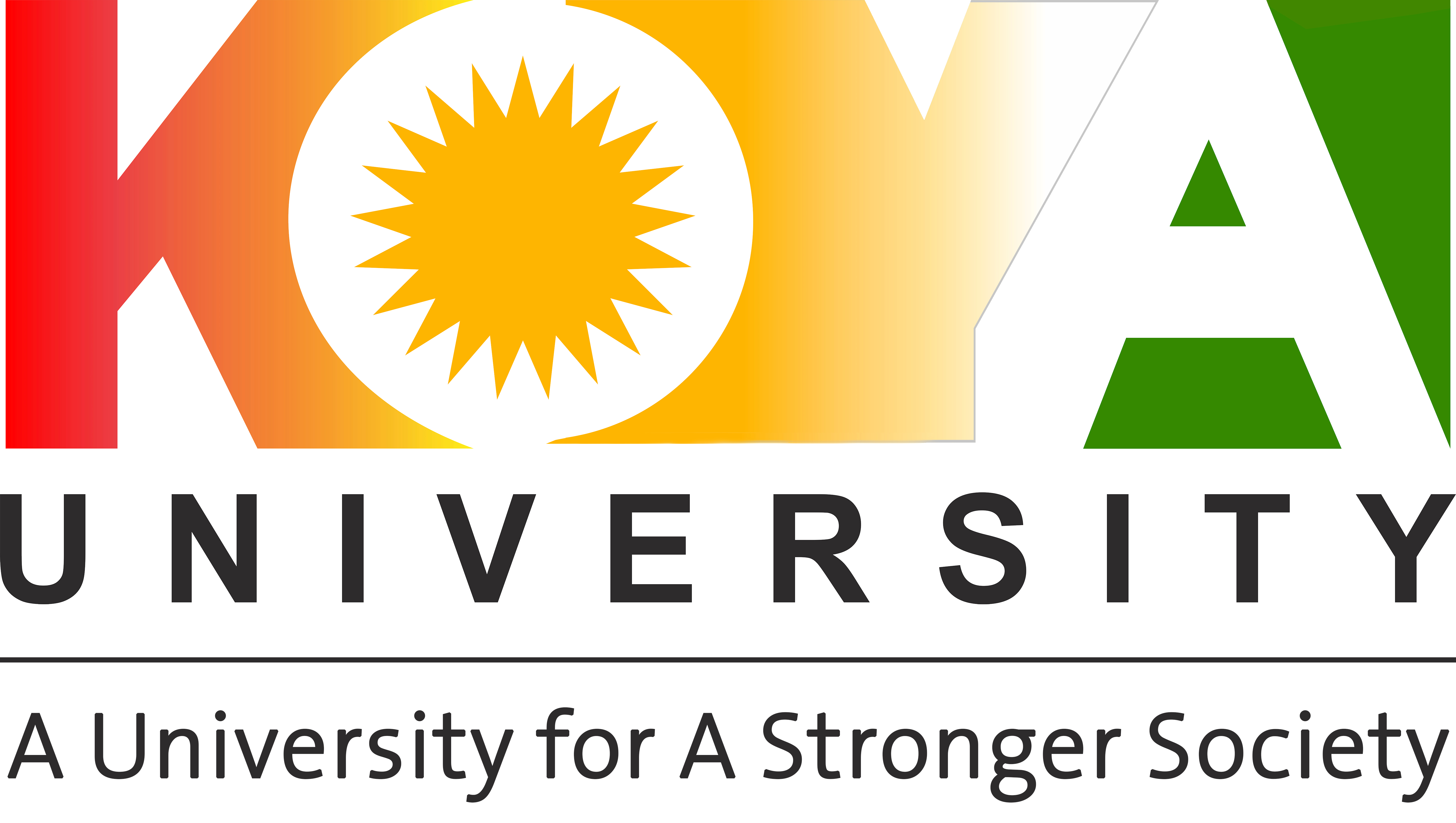Mr. Karzan Abdul Kareem Omar, a teaching staff at the Department of Chemestry, Faculty of Science and Health, Koya University, who is now pursueng his Ph.D. study at the University of Kurdistan, Sanandaj, Iran, published a research article in the Journal of Molecular Liquids. The journal is indexed by WoS (Clarivate Analytics with IF = 5.065. The paper which is entitled "Can isopiestic method predict the formation of deep eutectic solvents?" has been published on 8 March 2021.
About the Author:
Name: Karzan Abdul Kareem Omar
Affiliation: Department of Chemestry, Faculty of Science and Health, Koya University
About the Journal:
Title: Journal of Molecular Liquids
DOI: https://doi.org/10.1016/j.molliq.2021.115865
Indexing: WoS with IF = 5.065; SCOPUS with quartile Q1
Publisher: ELSEVIER, Netherland.
About the Paper:
Title: Can isopiestic method predict the formation of deep eutectic solvents?
Abstratct:
In order to evaluation of the capability of different hydrogen bond donor (HBD)‑hydrogen bond acceptor (HBA) systems for the formation of deep eutectic solvents (DESs), systematic studies on the vapor-liquid equilibrium behavior of aqueous solutions of choline chloride (ChCl) as a HBA were carried out in the presence of several HBDs. For this purpose, isopiestic equilibrium molalities were obtained for ternary aqueous solutions of ChCl in the presence of different HBDs including Urea, Potassium acetate, Glucose, Furctose, Sucrose, Mannose, Xylose, Citric acid, Malonic acid, Glycerol, Sorbitol, Alanine and PEG600 at 298.15 K. The constant water activity lines showed the positive deviation from the Zdanovskii-Stokes-Robinson rule (semi ideal behavior) for the HBDs which interact strongly with ChCl and forming DESs. However, the negative deviation from the semi ideal behavior was observed for the HBDs which don't interact with the hydrogen bond acceptor and cannot form DESs. Therefore, the results obtained in this work indicate that the isopiestic method can be used for choosing the proper HBA and HBD for the formation of stable liquid DESs at room temperature.
----------
Koya University (KOU) is located in the city of Koya (Koy Sanjaq) which is 1.0 hr drive to the East of the Kurdistan Region capital Erbil (Arbil, Hewlér) in Kurdistan Region (Curdistão iraquiano; كردستان_العراق) of F.R. Iraq. It is on the foothills of beautiful high mountain. Its campus has been carefully laid out to embrace the beautiful mountainous nature. . There are 4 Faculties and 2 Schools in KOU; Faculty of Engineering (FENG), Faculty of Science and Health (FSCH), Faculty of Education (FEDU), Faculty of Humanities and Social Silences (FHSS), Shcool of Physical Education (SPHE) and School of Medicine (SMED). Also, there are two research centers; Genome Center and Malai Gawra Center. Moreover, at KOU there is an English Language Center (BELC) at KOU has been opened with the sponsorship of IREX and American embassy in Baghdad as well as with the support of Spring International Language Center of The University of Arkansas. KOU has two Scientific Journals; ARO-The Scientific Journal of Koya University, which is indexed by Clarivate Analytics (ESCI), and Koya University Journal of Humanities and Social Sciences (KUJHSS). KOU is a proactive member of Erasmus/ Marhaba Project and Erasmus+. KOU signed many Memorandum of Understandings (MoU) with many International Universities, e.g., The University of Arkansas (June 2015). The Lulea University in Sweden (April 2014), The University of Nottingham in the UK, The University of Buckingham in the UK (Oct 2008), Belkin University in Turkey (Sep 2009) and The University of Greenwich in the UK. Koya University is a member of the International Association of Universities.

